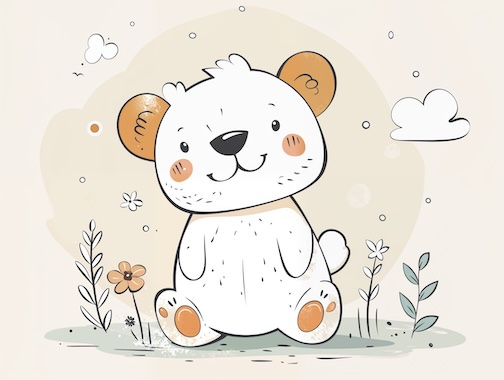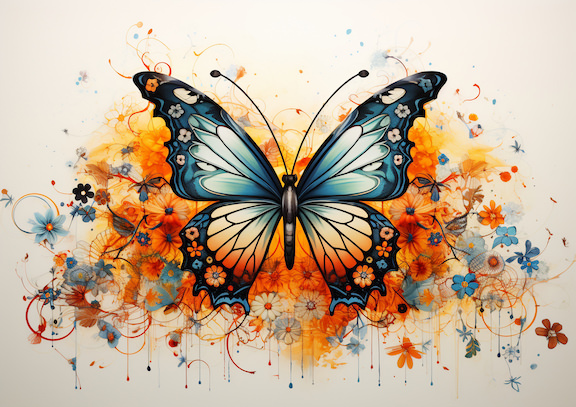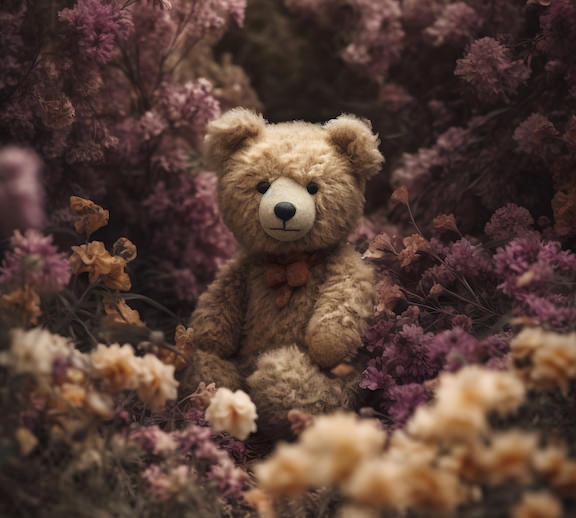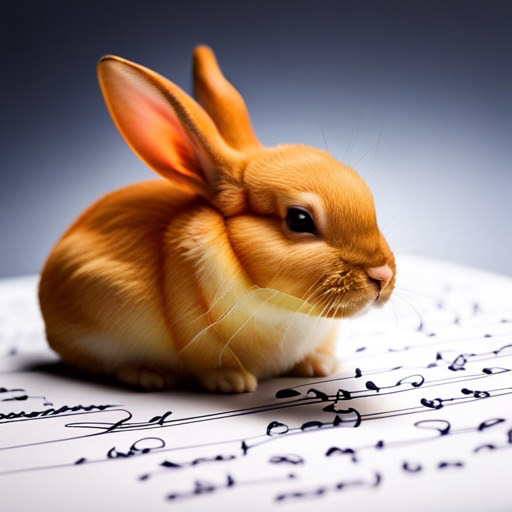Everyone is jumping on the AI bandwagon, using it for writing, creating images, checking facts and more. We thought it might be useful to outline how to use an AI when working on Greeting Cards. We will use Google Gemini for this example, but similar should work with ChatGPT, CoPilot, Claud, and Perplexity too. As a general rule, we don’t take what these AIs provide word for word, rather they are great to introduce new ideas to build on and make the final card how we would say the message.

For those brainstorming moments, try describing the card’s purpose, the recipient, and the emotions you want to convey. Let’s say you’re writing a birthday card for your close friend Sarah who is turning 30. Tell Gemini, “My friend Sarah is turning 30. She’s funny, adventurous, and always there for me. Help me brainstorm some greeting card message ideas.” Gemini might suggest options like “To another year of laughter, epic adventures, and always having my back. Happy 30th, Sarah!” or offer a more playful angle with “30? More like 30 shades of awesome. Cheers to the best friend a person could ask for.”
When it’s time to refine your wording, Gemini can be a lifesaver. Let’s say you want to express heartfelt sympathy but struggle to find words beyond “I’m sorry for your loss.” Tell Gemini “I want to say more than just ‘I’m sorry for your loss.'” and it might offer suggestions like “My heart aches for you and your family during this difficult time” or “Wishing you comfort and peace in the memories you hold dear.” Want to add humor to an anniversary card for your parents who lovingly tease each other? Gemini can help with that too! Tell it, “It’s my parents’ anniversary. They always tease each other playfully. Help me come up with a funny card message.”
Additionally, Gemini can be your proofreader, catching potential typos or suggesting smoother phrasing. It also doubles as a translator—need “Happy Birthday” in Spanish for a card? Gemini’s got you covered.
Finally, to add that extra-special touch, ask Gemini to help you personalize your message. For example, if your book-loving niece is graduating and dreams of becoming a writer, you can give details for Gemini to use: “I need help writing a congratulatory message for a greeting card. My niece is graduating, she loves reading, and she aspires to become a writer. I want to include an inspiring quote about writing or a literary reference that will encourage her on her journey. Can you suggest something personalized and motivational that fits these themes?” Gemini might suggest something like, “The world awaits your stories! Congratulations on this incredible milestone.”
Please note that if you purchase from clicking on the link, some will result in us getting a tiny bit of that sale to help keep this site going.








